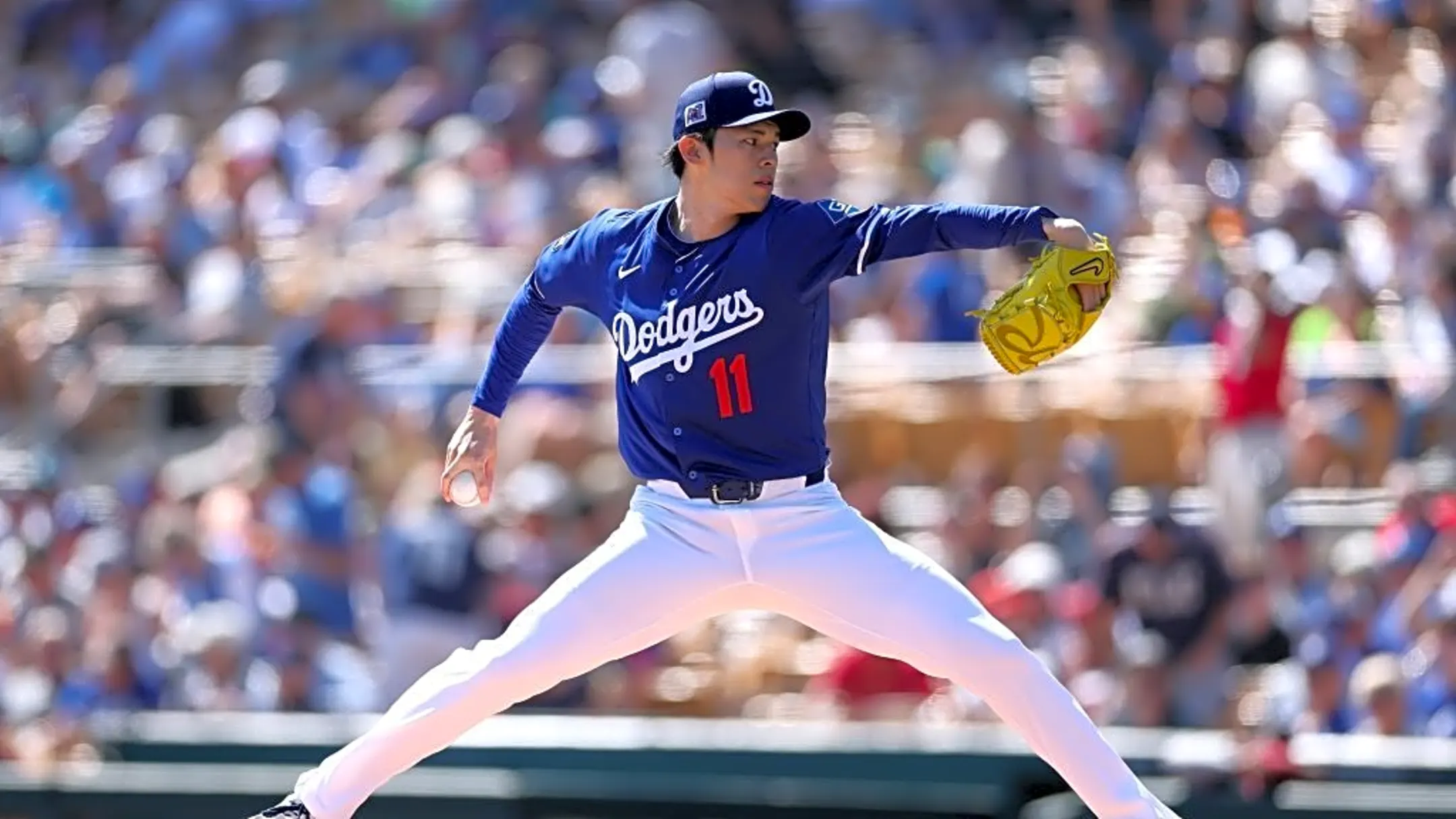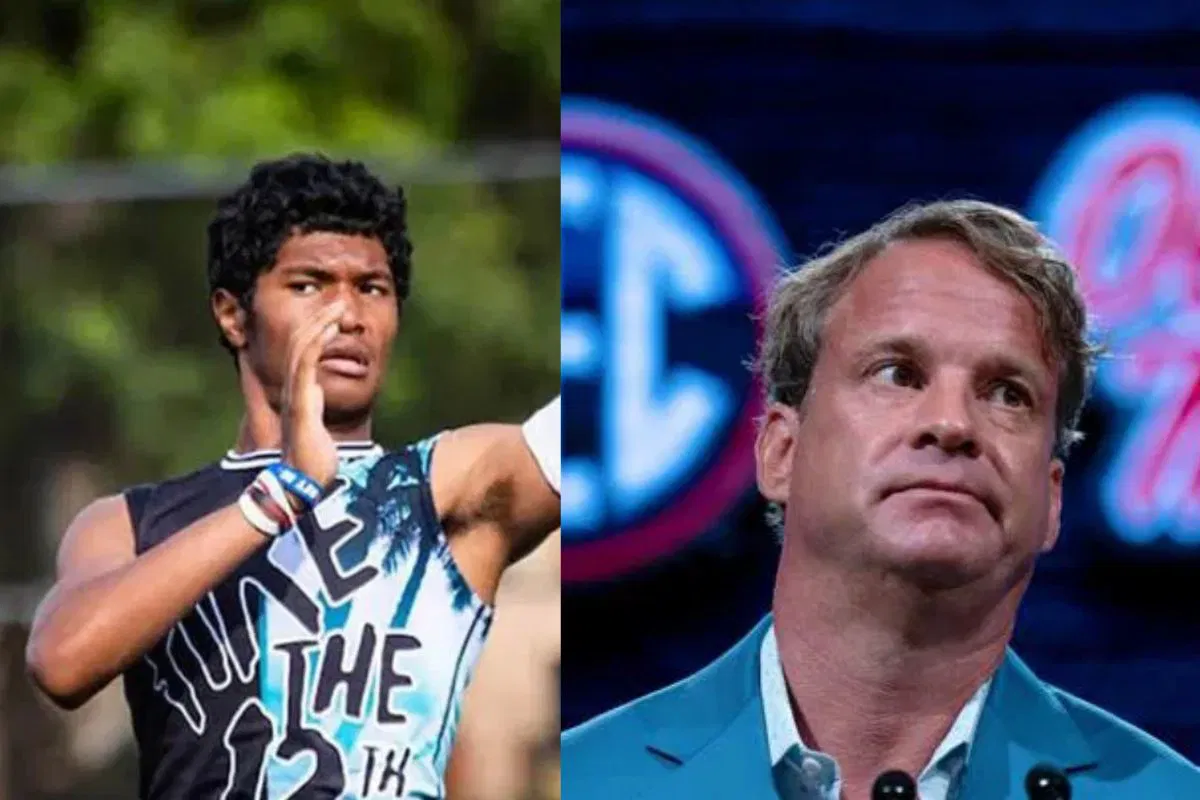By Just Baseball,Ryan Murphy
Copyright yardbarker

A Tough Transition
Sasaki’s numbers through his first eight starts in MLB have left much to be desired for Dodgers fans.
Through his first 34.1 innings pitched, he owns a 4.72 ERA with just 24 strikeouts and a staggering 22 walks in that span. On a rate basis, he maintained a 15.6% strikeout percentage, 14.3% walk percentage, and 1.485 WHIP.
Worse yet, he has seen similarly poor results during his recent rehab starts in Triple-A. It is perfectly normal to expect some rust and lingering discomfort while returning from injury. However, Sasaki’s 6.75 ERA and 5.79 BB/9 over his 18.2 innings of rehab work is enough cause for concern.
These numbers are a far cry from his best year in NPB (2023), where he posted a 1.78 ERA with a 39.1% strikeout rate and 4.9% walk rate. For perspective, these rates together create a 34.2% K-BB rate. This year in MLB, that number has plummeted to just 1.3%.
Sasaki first hit the injured list in May with a right shoulder impingement, with many speculating it may end his season. He was likely already grappling with health concerns prior to his move to MLB as well.
This is demonstrated in the downward trends evident within his underlying pitch metrics from 2023 to 2024.
For example, Sasaki averaged 98.9 MPH on his fastball in 2023 while managing some impressive vert. However, that figure dropped to 96.9 MPH in 2024, and has lost nearly another full tick in 2025 (96.0 MPH).
He has seen even more dramatic falloff in the velocity of his breaking and offspeed pitches. Sasaki’s slider in particular fell from 87.5 MPH on average to just 82.0 MPH in 2025. His splitter similarly fell from 89.5 MPH to 84.8 MPH on average over the same span.
Further Signs of Decline
These drops in velocity have also been accompanied by significant issues with command and some degradation of his movement profiles.
This had not been the case in Japan, where Sasaki generally maintained more effective command despite throwing harder. While he averaged 2.0 BB/9 over his four seasons in NPB, he has averaged 5.8 BB/9 with the Dodgers thus far.
Sasaki has been unable to command the strike zone overall, which has exacerbated his poor results. His splitter has remained effective, but he throws it in the zone just 29.6% of the time. This stands in stark contrast to his fastball, which he throws in-zone 64.2% of the time.
Batters can more reliably afford to take the splitter if they recognize it, so there is a greater burden on Sasaki’s fastball and slider. While his slider has mostly survived with a 33.3% whiff rate, his fastball has gotten crushed.
Hitters have whiffed just 10.1% of the time against the pitch, and have registered a 52.1% hard-hit rate against it. This is in good part due to diminished pitch characteristics from his time in NPB.
Sasaki maintained very high velocity with strong induced vertical break in Japan, leading to his fastball being a great pitch. However, this has not been the case in MLB.
Injuries and mechanical inefficiencies, along with adjusting to the new ball and league environment, have greatly weakened Sasaki’s fastball.
The pitch has averaged just 14.3 inches of iVB in 2025, which is 1.5 inches below MLB average. While the pitch has above average horizontal break, the deadzone nature of his fastball has made it an easy target at lower speeds.



